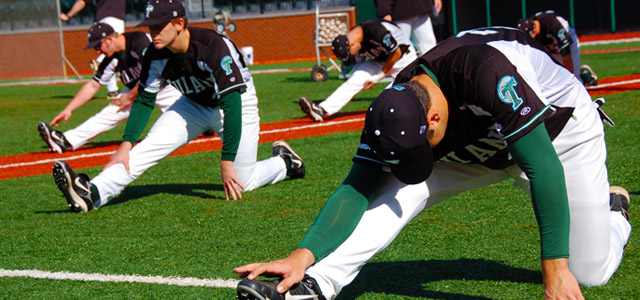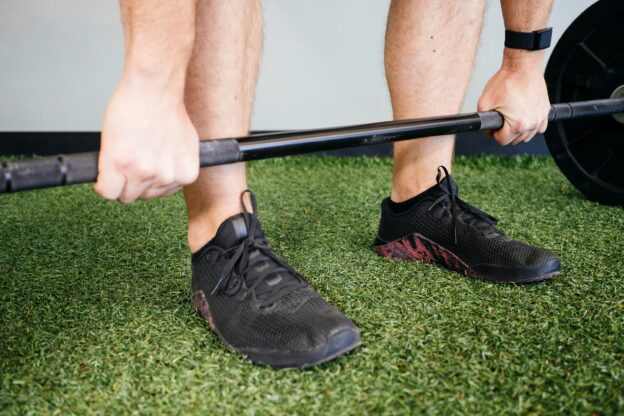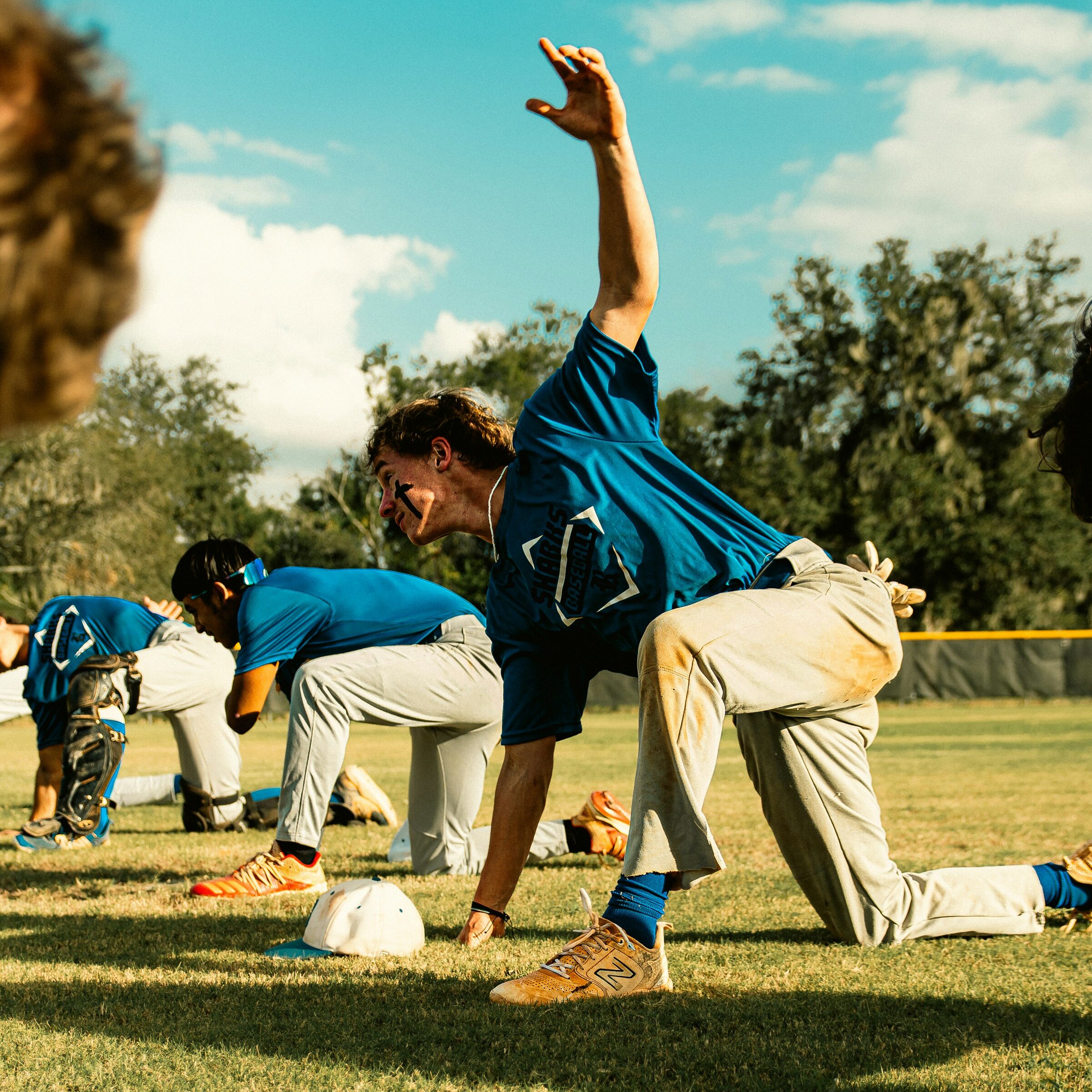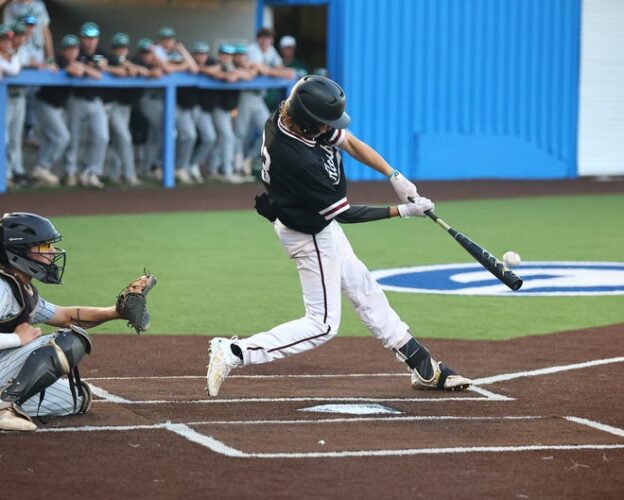Strength training for baseball players is an integral part of preparing for the demands of the game. A solid baseball strength program enhances the physical attributes that lead to better performance, injury prevention, and overall athletic development. For high school players, it’s not just about lifting weights—it’s about understanding and applying key principles that ensure their training aligns with the unique demands of baseball.
Let’s break down the essential principles of strength training for baseball players, emphasizing specificity, periodization, and balance to help athletes unlock their full potential.
1. Specificity: Training Movements That Translate to the Game
In baseball, every action—whether it’s swinging a bat, throwing a pitch, or sprinting to steal a base—requires coordinated, explosive movements. The principle of specificity emphasizes training patterns and muscles that directly enhance these actions.
Movement Patterns Over Muscle Isolation
Unlike bodybuilding, which focuses on individual muscle groups, strength training for baseball emphasizes movement patterns that mimic game situations. Examples include:
- Rotational Movements: Medicine ball throws, Russian twists, and cable chops build rotational power for hitting and throwing.
- Single-Leg Stability: Exercises like Bulgarian split squats and single-leg deadlifts improve balance and strength for running and fielding.
- Explosive Power: Plyometric exercises such as box jumps and broad jumps enhance sprint speed and agility.
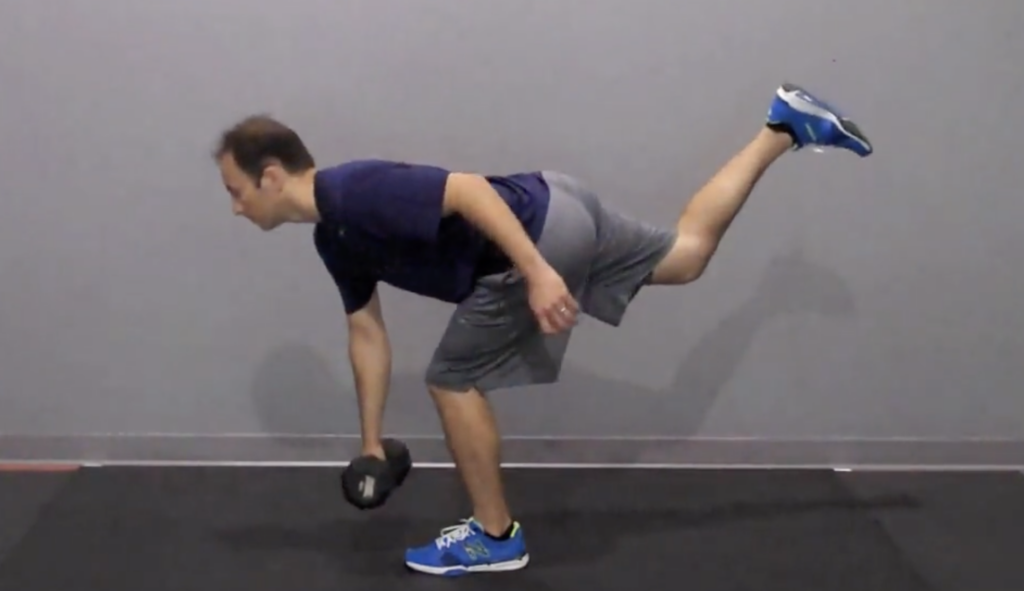
Energy System Training
Baseball primarily relies on short bursts of high-intensity effort, like sprinting or throwing, followed by periods of rest. Conditioning programs should mirror these demands by incorporating explosive, anaerobic training like sprints, rather than long-distance running that builds endurance but doesn’t translate well to the sport.
2. Periodization: Structuring Training for Year-Round Success
Periodization refers to organizing training into specific phases, each with a distinct focus, to optimize performance and recovery. For baseball players, it’s crucial to align training phases with the sport’s calendar.

Off-Season: Building the Foundation
The off-season is the ideal time for high school players to focus on building strength and addressing imbalances or weaknesses.
- Primary Focus: Heavy compound lifts like squats, deadlifts, and bench presses to build overall strength.
- Volume and Intensity: Higher volume and moderate intensity, gradually increasing the load over time.
- Supplementary Work: Rotator cuff exercises and mobility drills to prevent injuries.
Pre-Season: Transitioning to Power and Speed
As the season approaches, the focus shifts to converting strength into sport-specific power.
- Primary Focus: Explosive movements like power cleans, jump squats, and medicine ball throws.
- Volume and Intensity: Lower volume but higher intensity, emphasizing quality over quantity.
- Conditioning: Sprints and agility drills to prepare for the dynamic demands of the game.
In-Season: Maintaining Strength and Recovery
During the season, players must maintain the strength and power they’ve built while avoiding overtraining.
- Primary Focus: Maintenance of strength through lighter weightlifting sessions (1–2 times per week).
- Volume and Intensity: Reduced volume and intensity to prevent fatigue.
- Recovery: Emphasis on mobility, stretching, and proper rest to handle the grind of the season.
Post-Season: Recovery and Assessment
After the season ends, players should focus on recovery while evaluating their progress and planning for the next cycle. This phase includes light training, mobility work, and an honest assessment of strengths and weaknesses.
3. Balance: Avoiding Overuse and Promoting Total Athleticism
Baseball players are prone to imbalances due to the repetitive nature of the sport, such as throwing with one arm or constantly rotating in one direction. Strength training programs must address these asymmetries to promote overall athleticism and reduce the risk of injury.
Balancing Push and Pull Movements
For every pushing exercise (e.g., push-up), there should be a corresponding pulling exercise (e.g., rows) to balance the muscles of the chest and back. This is especially important for shoulder health, as pitchers and throwers often have overdeveloped anterior (front) muscles compared to posterior (back) muscles.
Training the Posterior Chain
The posterior chain (glutes, hamstrings, and lower back) plays a critical role in explosive movements like sprinting and pitching. Incorporating exercises like Romanian deadlifts, hip thrusts, and kettlebell swings ensures the posterior chain is not neglected.
Core Stability Over Crunches
While many athletes associate core training with endless crunches, baseball players benefit more from exercises that build core stability and rotational strength.
- Anti-Rotation Exercises: Pallof presses and side planks train the core to resist unwanted movement.
- Rotational Power: Cable chops and medicine ball rotational throws mimic the mechanics of hitting and throwing.
4. Mobility and Flexibility: The Unsung Heroes of Strength Training
Baseball requires significant mobility in the hips, shoulders, and thoracic spine to perform at a high level. Baseball strength training programs must incorporate exercises that enhance flexibility and range of motion while maintaining joint stability.
Dynamic Warm-Ups
Before every workout or practice, athletes should perform dynamic warm-ups that prepare their bodies for the specific demands of the sport.
Shoulder Health
Throwing places a significant strain on the shoulder joint. Mobility drills like band pull-aparts, scapular wall slides, and shoulder dislocations improve range of motion and reduce injury risk.
Hip Mobility
The hips generate much of the power for hitting and throwing. Exercises like deep squats, quadruped hip circles, and hip flexor stretches improve mobility and power output.
5. Recovery: The Foundation of Progress
Strength gains occur during recovery, not during the workout itself. Baseball players must prioritize recovery to maximize the benefits of their training and avoid overtraining.
Sleep and Nutrition
- Sleep: Athletes should aim for 8–10 hours of quality sleep per night to facilitate muscle repair and growth.
- Nutrition: A balanced diet rich in protein, carbohydrates, and healthy fats supports energy needs and recovery. Post-workout snacks or meals with a combination of protein and carbs are particularly beneficial.
Active Recovery
On rest days, athletes can engage in light activities to promote blood flow and reduce muscle soreness without overloading the body.
Monitoring Fatigue
Coaches and trainers should monitor players for signs of overtraining, such as decreased performance, prolonged soreness, or lack of motivation. Adjustments to the training load, frequency, or timing may be necessary to ensure recovery.
Training Smarter, Not Just Harder
The key principles of strength training for baseball—specificity, periodization, and balance—lay the foundation for a program that improves performance, reduces injury risk, and fosters long-term development. By aligning training with the unique demands of the sport, athletes can build explosive power, enhance mobility, and maintain their health through rigorous seasons.

